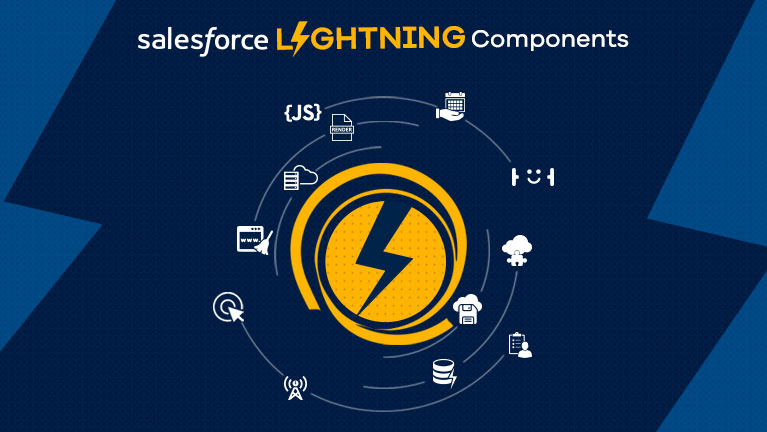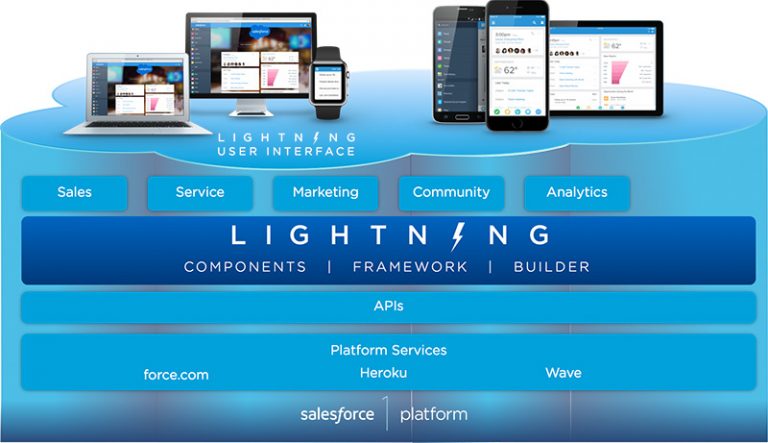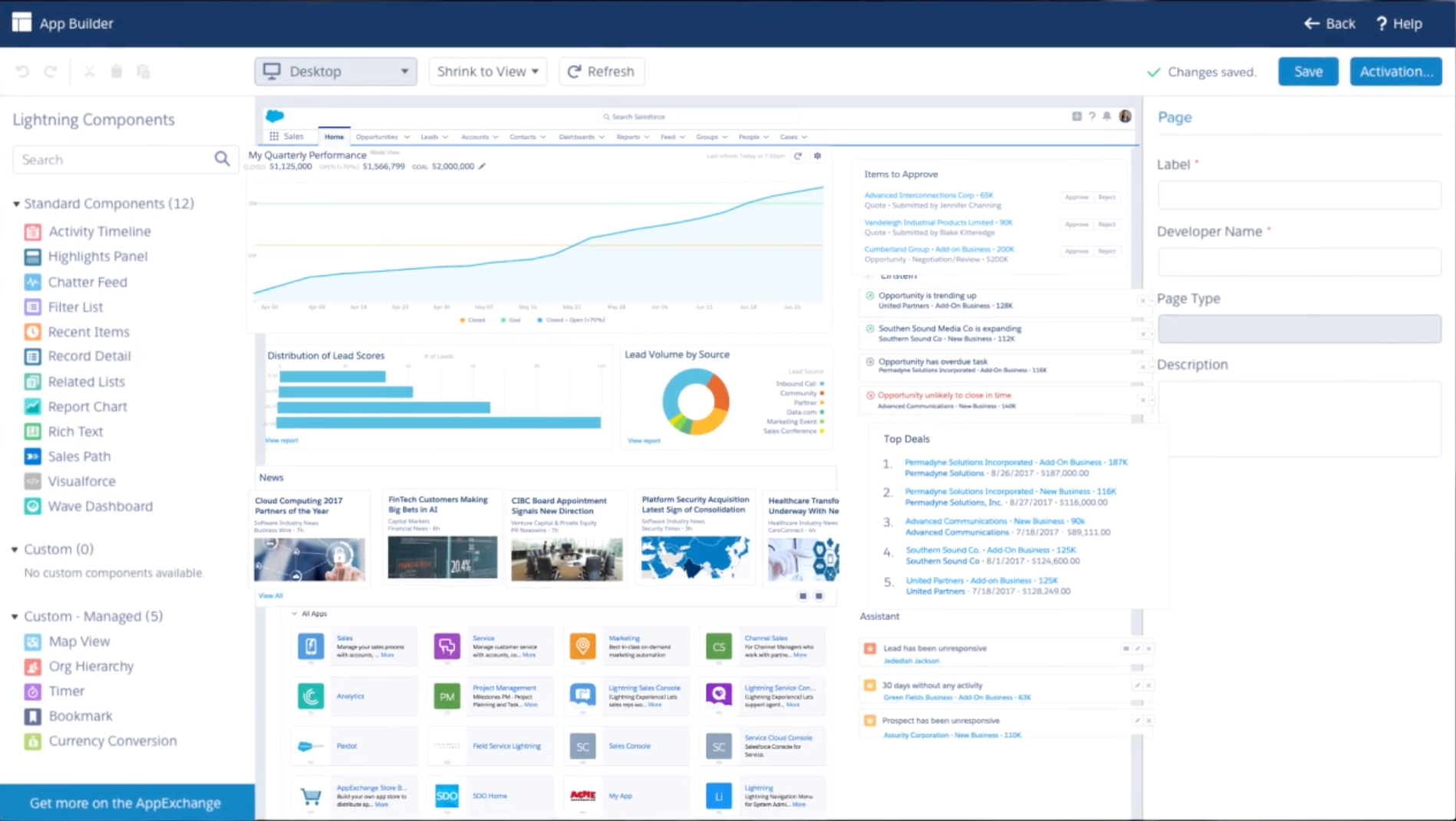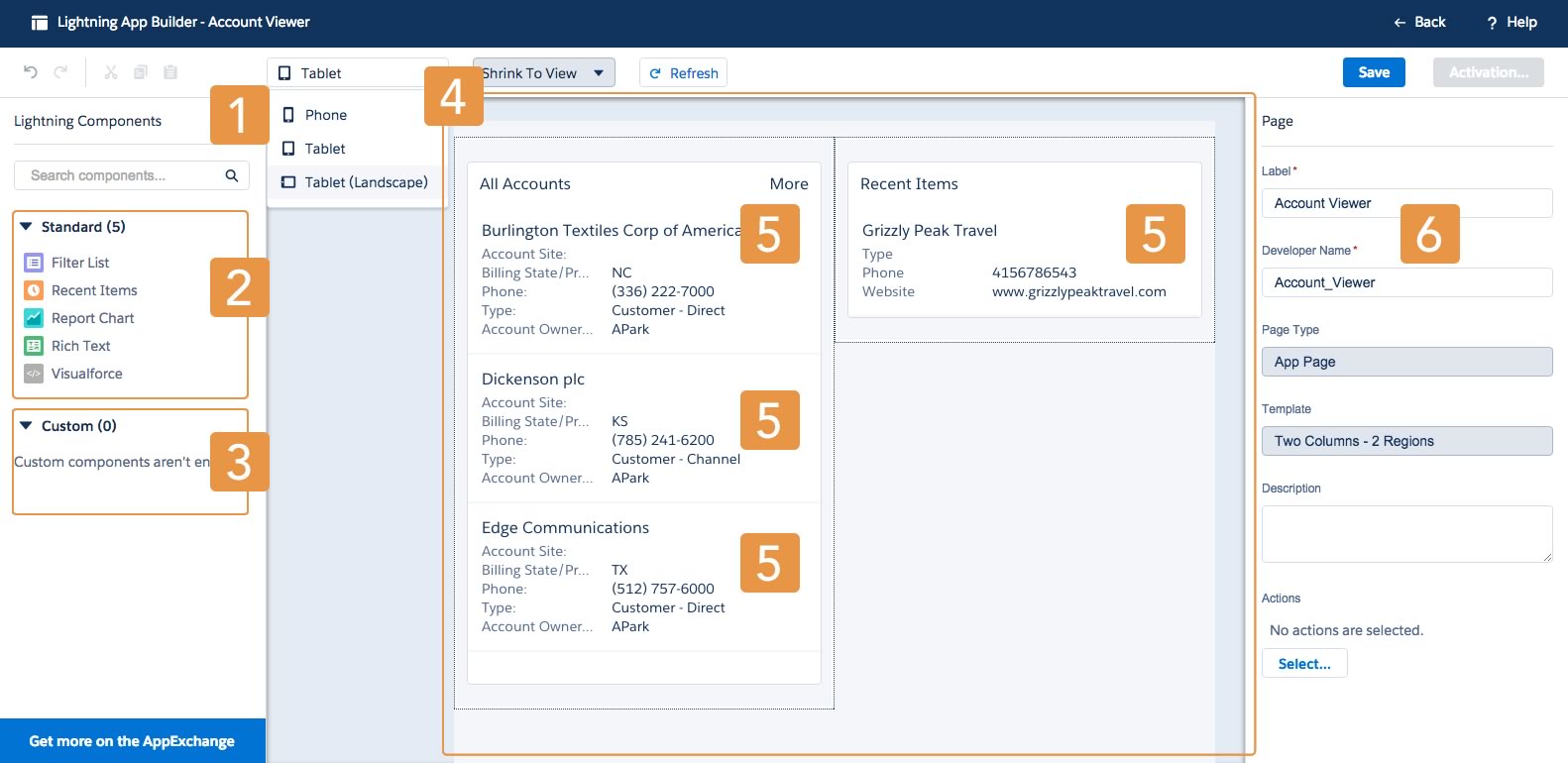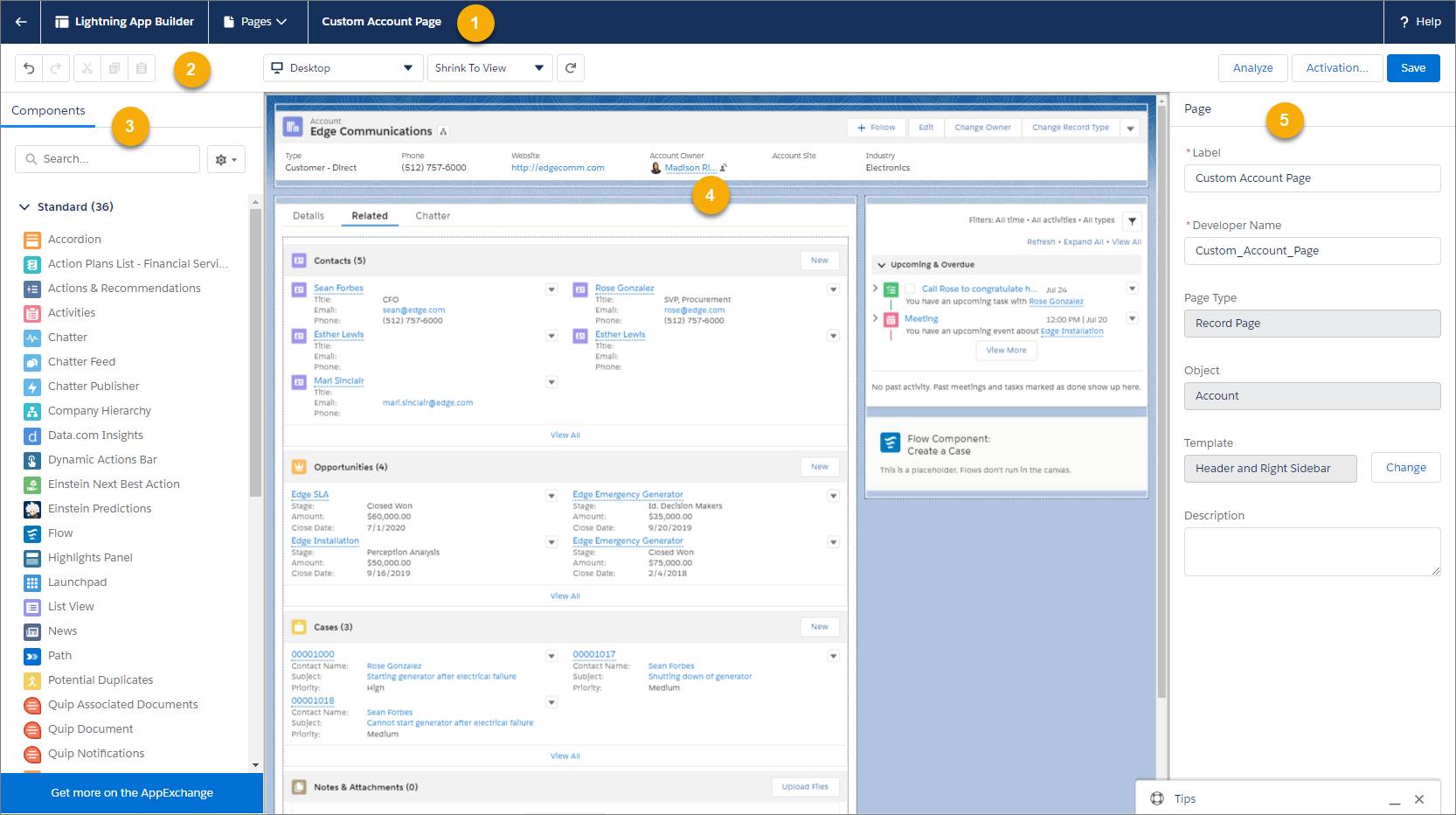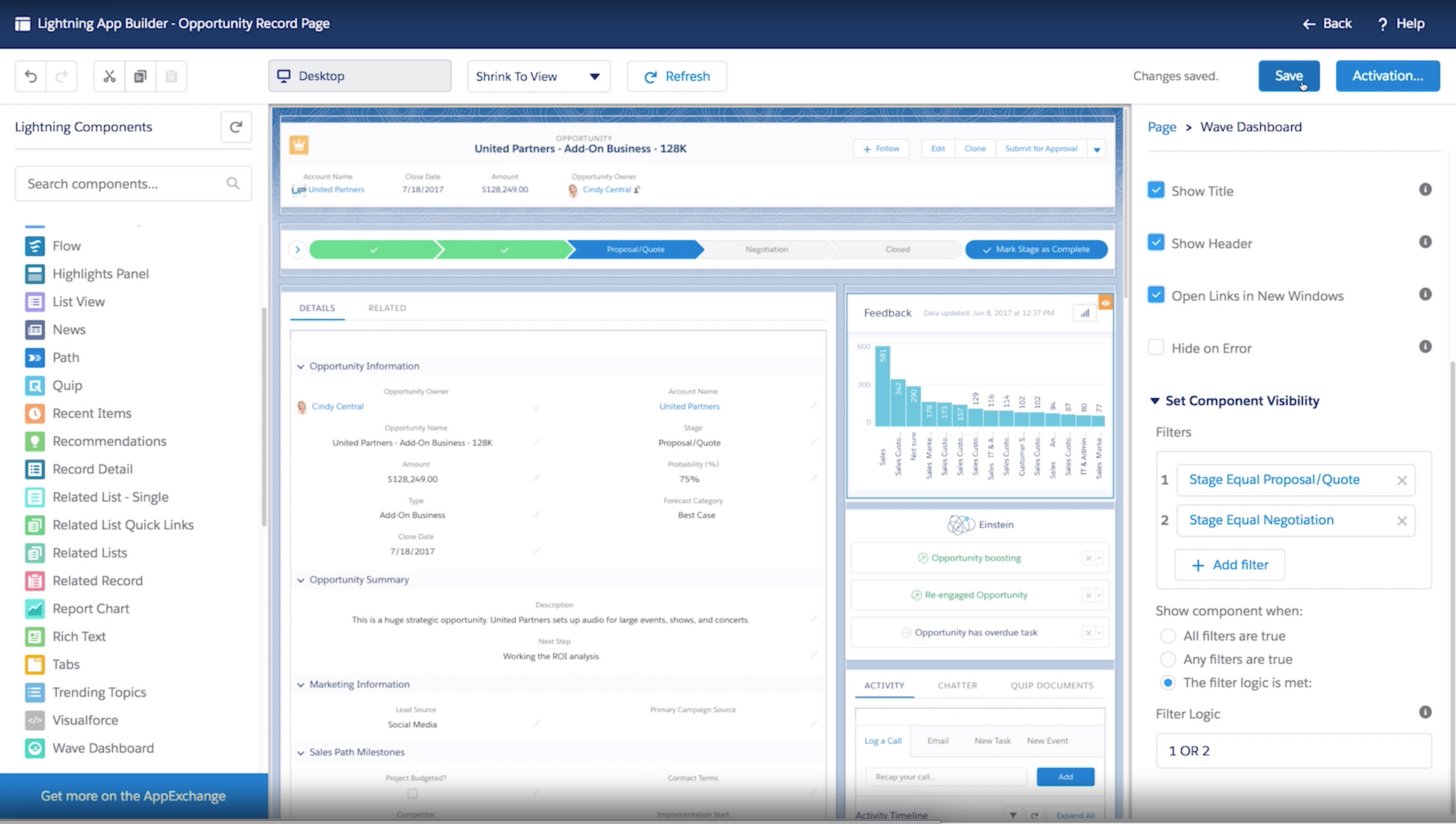What Are Lightning Components In Salesforce
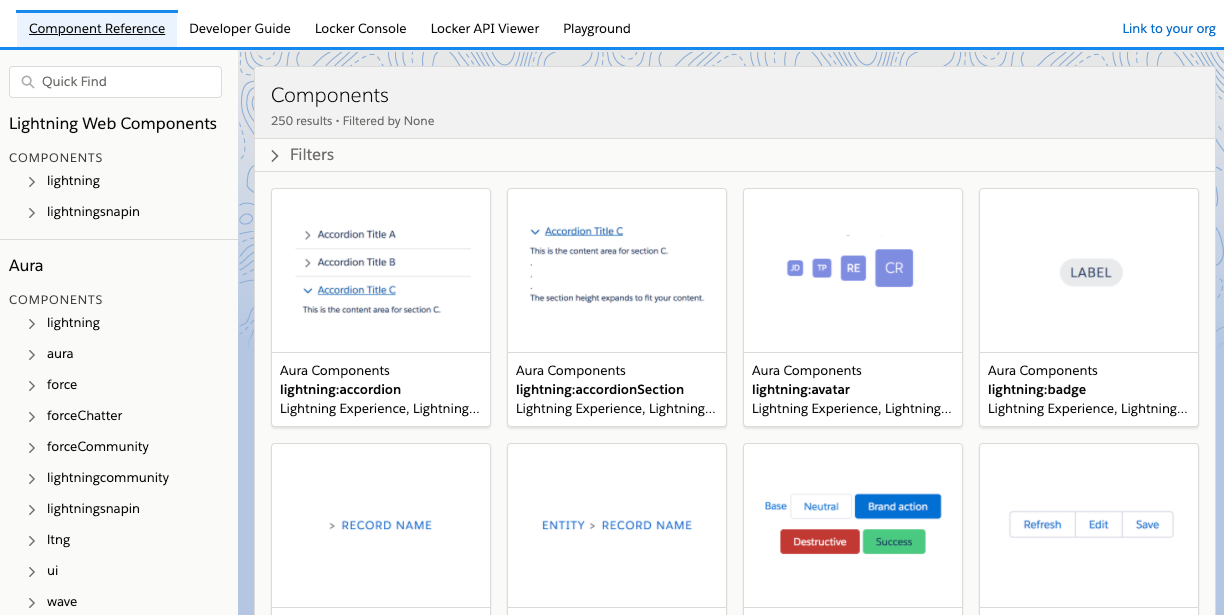
In the ever-evolving landscape of cloud-based customer relationship management (CRM), businesses are constantly seeking ways to enhance user experience, streamline workflows, and build scalable applications. Among the myriad tools and technologies offered by Salesforce, Lightning Components stand out as a pivotal framework for modern application development. Understanding these components is crucial for anyone involved in Salesforce development, administration, or decision-making.
This article dives into the core of Lightning Components, exploring their architecture, capabilities, and significance within the Salesforce ecosystem. We'll dissect what they are, how they function, and why they represent a paradigm shift in building custom applications on the Salesforce platform. We will also explore benefits and potential challenges associated with adopting the Lightning Component framework.
What are Lightning Components?
Lightning Components are a UI framework developed by Salesforce for building dynamic, single-page applications for both mobile and desktop devices. Think of them as reusable building blocks that developers can assemble to create customized interfaces and functionalities within Salesforce. These components are based on standard web technologies like HTML, CSS, and JavaScript, but leverage Salesforce's Apex server-side language for data interaction and business logic.
Essentially, a Lightning Component is a self-contained unit of code comprising: Markup (HTML-like syntax), Style (CSS), Client-side logic (JavaScript), and optionally, Server-side controller (Apex). This modularity allows for efficient development, easier maintenance, and greater reusability across different Salesforce applications.
Key Features and Benefits
The Lightning Component framework offers several advantages that contribute to its popularity and effectiveness. One of the main benefits is reusability. Components can be designed and developed once, then used multiple times in different contexts, saving significant development effort.
Another key advantage is the component-based architecture. This facilitates modular development, which makes it easier to manage, test, and maintain complex applications. Because of the encapsulated structure, changes in one component should theoretically not affect others, reducing the risk of introducing bugs.
Lightning Components are also responsive. They are designed to adapt seamlessly to different screen sizes and devices, providing a consistent user experience across various platforms. This is particularly important in today's mobile-first world, where users access Salesforce from desktops, tablets, and smartphones.
Beyond these core features, Lightning Components leverage server-side processing through Apex. This allows developers to perform complex operations, access and manipulate Salesforce data, and enforce security policies. This seamless integration between client-side UI and server-side logic makes Lightning Components a powerful tool for building robust and scalable applications.
The Two Programming Models: Aura vs. LWC
It's important to distinguish between the two programming models within Lightning Components: Aura and Lightning Web Components (LWC). Aura was the original programming model for Lightning Components. While still supported, Salesforce encourages developers to use LWC for new projects.
LWC is based on web standards and offers several advantages over Aura, including improved performance, enhanced security, and easier integration with other web technologies. LWC are built using standard HTML, CSS, and JavaScript, along with a thin layer of Salesforce-specific metadata.
The transition from Aura to LWC represents a strategic move by Salesforce to embrace web standards and provide developers with a more modern and efficient development experience. Though Aura components are still supported, LWC is generally recommended for new development projects to take advantage of performance gains and reduced complexity.
Adoption and Considerations
Adopting Lightning Components requires a shift in mindset from traditional Visualforce development. Developers need to understand the component-based architecture, the event-driven programming model, and the different programming models (Aura and LWC). Salesforce Trailhead, Salesforce's free online learning platform, offers comprehensive resources and training modules to help developers get started with Lightning Components.
While Lightning Components offer significant benefits, organizations should carefully assess their existing infrastructure and development expertise before embarking on large-scale migration projects. Migrating existing Visualforce pages to Lightning Components can be a complex undertaking, and it's important to plan and execute the migration strategically.
Another consideration is the learning curve associated with the Lightning Component framework, particularly for developers who are new to JavaScript and web standards. Investing in training and providing adequate support is crucial for ensuring successful adoption and maximizing the benefits of Lightning Components.
The Future of Salesforce Development
Lightning Components represent a fundamental shift in how applications are built on the Salesforce platform. By embracing web standards and promoting modularity and reusability, they enable developers to create more engaging, responsive, and scalable applications. The shift towards LWC emphasizes Salesforce's commitment to modern web development practices and its dedication to providing developers with the best possible tools.
As Salesforce continues to evolve, Lightning Components will play an increasingly important role in shaping the future of application development on the platform. Organizations that embrace Lightning Components and invest in developer training will be well-positioned to leverage the full potential of Salesforce and deliver innovative solutions that drive business value.
The continued evolution of Lightning Components, particularly LWC, promises even greater efficiency, flexibility, and innovation in Salesforce application development, allowing organizations to build sophisticated, user-friendly experiences that meet the ever-changing demands of the modern business world.


![What Are Lightning Components In Salesforce [GUIDE] Lightning Web Components vs. Lightning Components | Salesforce Ben](https://www.salesforceben.com/wp-content/uploads/2022/01/v1502455678-winter18_f8jueo.png)
